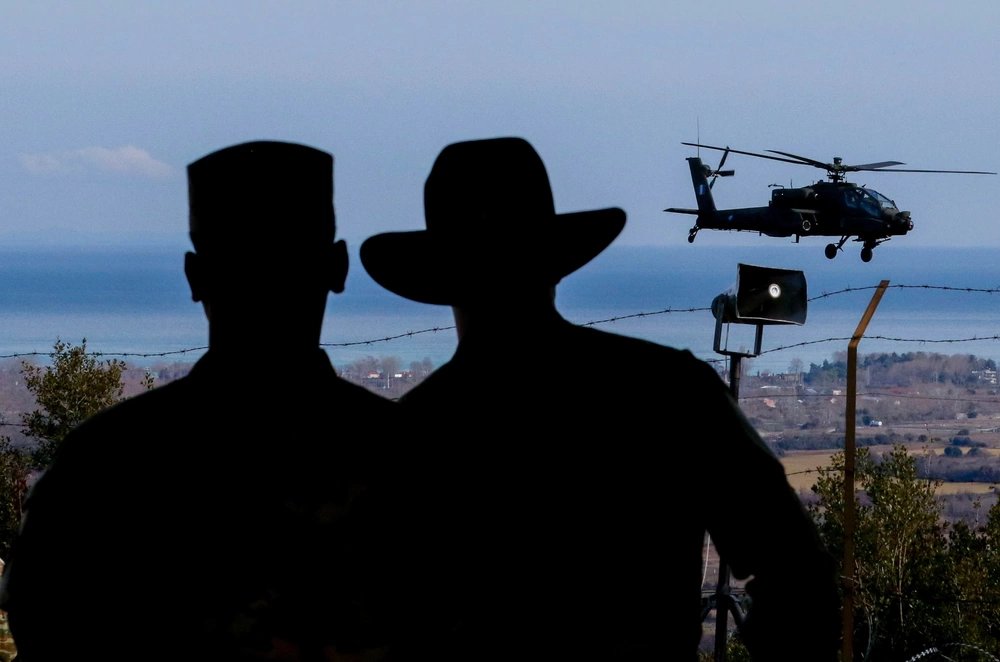

Stetson Hats are a strong, historic, U.S.-born brand that has been worn by cowboys, U.S. Army Calvary members, movie stars and pioneers in the American West. John B. Stetson founded the company in 1865 in Philidelphia and developed the highly influential and bestselling “Boss of the Plains hat.” Settlers wore the hat as a staple of pride and determination on their journeys out West. By 1906, Stetson Hats produced 2 million hats a year. Stetson utilized mass production and even once produced 3.3M hats in one year. There is an interesting Marine Corps tie further along in the Stetson family history. Of note, John B. Stetson even supported a university, DeLand Academy, that became Stetson University in 1889 after his generous donations to the school and still bears his name today.

Cowboy hats remained a mainstay in American culture through the first half of the 20th Century helped by Hollywood’s never-ceasing churn of Western movies and TV shows. Things changed when men stopped wearing as many hats in the 50s and 60s. The hat factory closed in the early 70s and the Stetson license was sold for renewed manufacturing in the 1980s, which has continued to this day with more recent ever-increasing popularity among top-level celebrities and politicians. Films such as Indiana Jones and Toy Story inspired a renewed public interest in cowboy hats. Popular stars and dignitaries of today who wear Stetsons include President Obama, Beyonce, Clint Eastwood, Tom Hanks, President Jimmy Carter, Madonna, Garth Brooks, Lisa Vanderpump, Ashton Kutcher and stars of yesteryear such as Steve McQueen, Clayton Moore (The Lone Ranger), Betty Hutton and John Wayne.

Even more interesting is how the hat found fame early on with real cowboys and nascent Hollywood motion picture stars. These included “Buffalo Bill”, Calamity Jane, Will Rogers, Annie Oakley and early big-time movie star Tom Mix, the Clint Eastwood of Silent Film. U.S. Army Calvary Soldiers still wear their Calvary Stetson for certain ceremonial events. The hats have been used by police forces, the British paramilitary, the Canadian military and even the Canadian police. Cowboys hats, sometimes Stetsons, are worn by many Texas state law enforcement such as the Texas State Troopers. The hat is ubiquitous across many segments of American society and around the world.



John B. Stetson accrued a fortune during his lifetime and even more surprising is the life of Stetson’s heir John B. Stetson, Jr. A highly educated man having earned his bachelor’s at Harvard University, he served as the director of the Stetson Company. Stetson loved flying and joined the U.S. Army Signal Corps in the aviation section in 1917 and served in France until 1920. He attained the rank of captain by his end of service. In between his duties, he ran his family’s hat company and translated the Histories of Brazil into English. He also served as the U.S. Minister to Finland in the Coolidge White House Administration during the 1920s and is known for being among a rare, few diplomats who truly understood the Polish plight during the period. He collected books in his spare time which is a hobby he shared with fellow magnates such as Henry E. Huntington and J.P. Morgan and organized the Florida State Historical Society utilizing his money and influence to key historians and build collections of artifacts. Stetson, Jr. joined the USMC in 1942 as a Major during World War II and transferred back to the Army in 1943. He earned the rank of colonel by the end of the war and served in the Persian Gulf Command, which facilitated the supply of US lend-lease war material to the USSR via the Persian Corridor.

Stetson Jr. lived a very interesting, triumphant and sad life which included success abroad and wartime loss in his family. He was a rare breed from a wealthy entrepreneurial family that took time away from a lucrative and influential business to fight against those enemy powers attempting to impose their will on freedom. In World War II he lost both of his sons, Stuart Carlise, a USMC officer who died in a plane crash in 1941, and John B. Stetson III, who served in the National Guard and died in 1944. His company’s name and fashion status have continued well past his lifetime, which is a testament to his grit, leadership, determination and service to his country.
